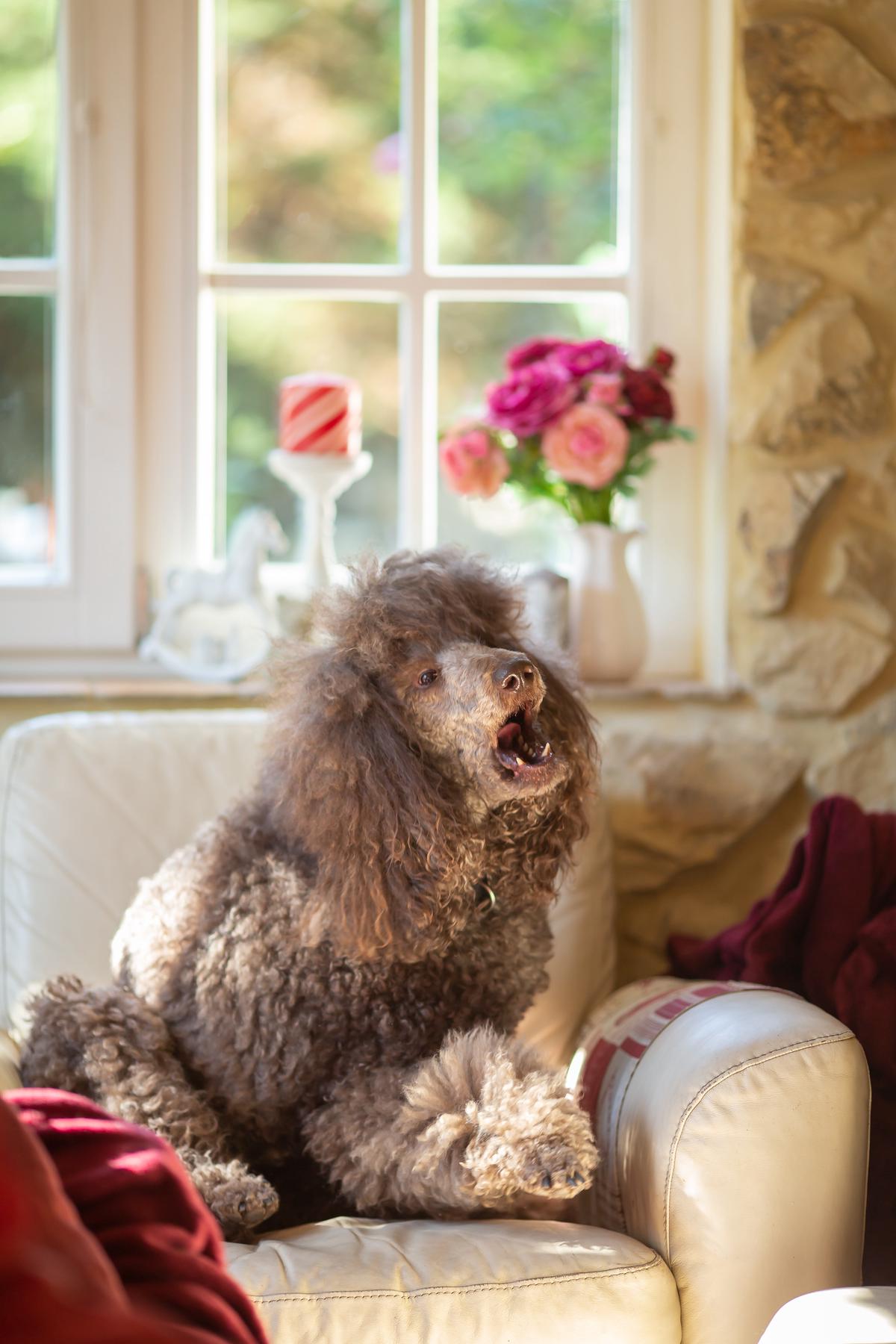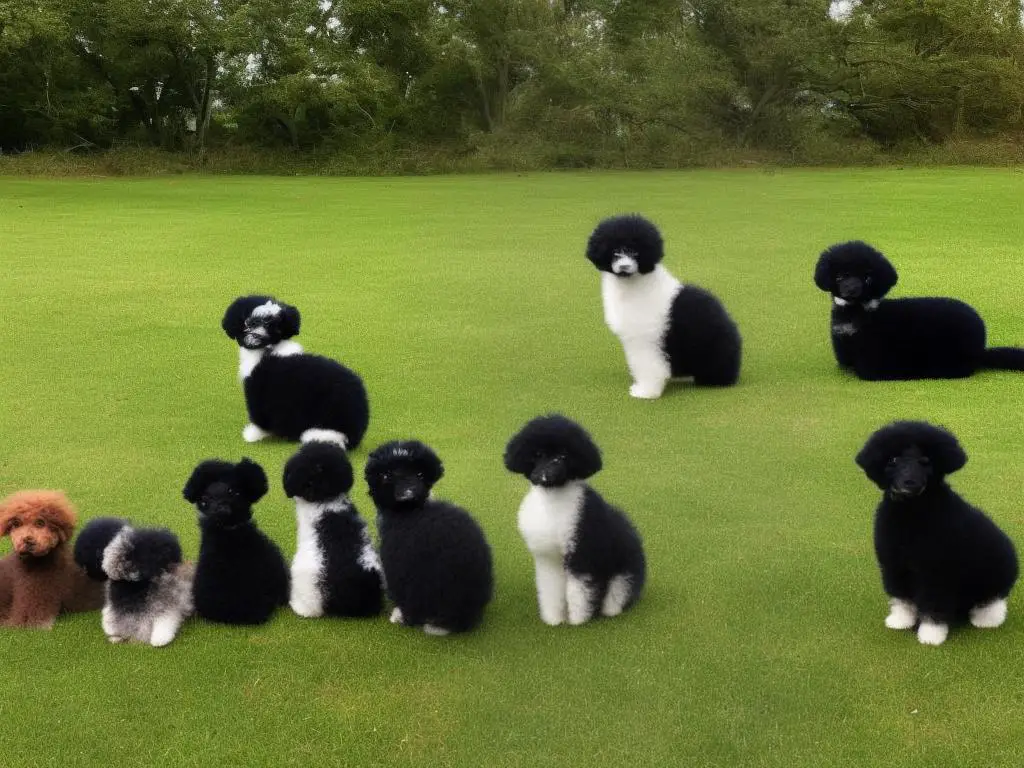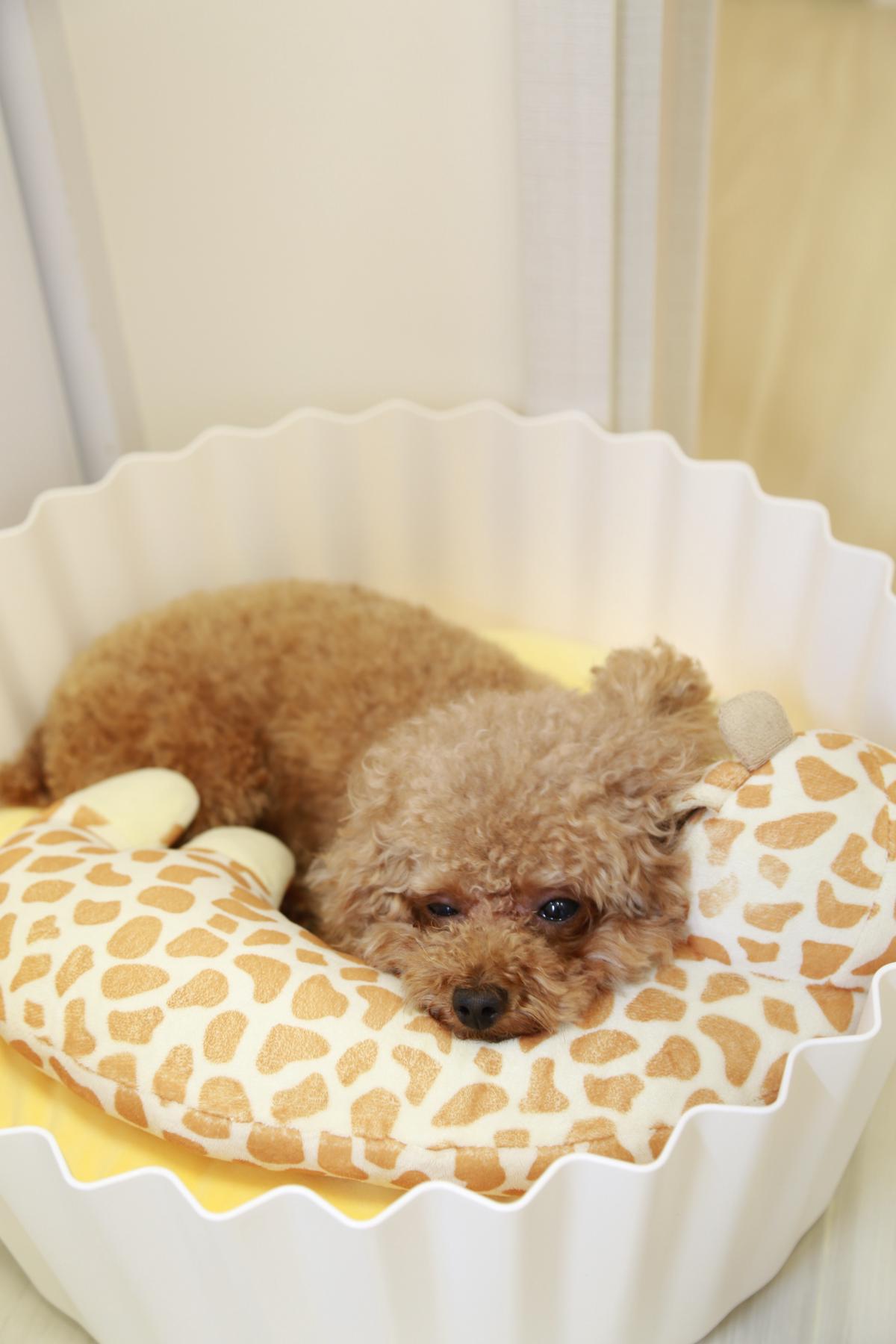A Guide to Teacup Poodle Colors
The vibrant universe of Teacup Poodle colors holds a remarkable realm full of standard hues and rare tints, each carrying a mesmerizing story of genetics and breeding processes. Ranging from the divine classic black, white, brown, and apricot tones, to the captivating unique shades of sable, phantom, or brindle, Teacup Poodles flaunt a color panorama that is sure to enthrall every canine enthusiast. Within this fascinating color array, transitions occur as striking color changes appear with their growth, unraveling yet another chapter in their captivating color genetics. This exploration dives deep into the intriguing world of teacup poodle colors, their genesis, and the art of predicting their color metamorphosis over time.
Standard Teacup Poodle Colors
Overview: Standard Colors in Teacup Poodles
Teacup Poodles, specifically the Toy variety, are revered for their petite size yet charismatic presence. One of the striking aspects of these miniature pooches, besides their size, is their coat color. The breed standard recognizes several colors for Teacup Poodles, including black, white, brown, and apricot. These are the most commonly found colors. Interestingly, these colors are not randomly assigned; rather, they are a result of selective breeding and inherent genetic factors.
When it comes to their fur colors, black Teacup Poodles are known for having the deepest, richest hue. This color has dominance in the breed’s genetic coding, which is why it’s more pervasive. The pristine white Teacup Poodles mimic the sophisticated elegance of their Standard Poodle counterparts. On the other hand, brown and apricot Teacup Poodles present a warm palette of earthy shades. Brown Teacup Poodles range from a dark, chocolate tone to a lighter, latte shade. Apricot Poodles may exhibit a deeper, reddish coat or a lighter, cream-infused version.
The Intriguing Science Behind Poodle Colors
It’s fascinating to note that the beautiful colors in Teacup Poodles stem from a complex interplay of dominant and recessive genes inherited from their parents. There isn’t merely one gene influencing the color, but a combination of multiple genes and modifiers that come into play to create the ultimate color. Breeders tend to match Poodles with similar colors to enhance the prominence of color genes. However, the puppies may still end up having unexpected shades, particularly when their parents possess recessive color genes. One important thing to remember though, as enticing as color might be, it should not be the primary factor in choosing a Teacup Poodle. Other aspects such as health, temperament, and compatibility must always be given precedence.

Rare Teacup Poodle Colors
Discovering the Splendid Range of Rare Teacup Poodle Colors
Teacup poodles are certainly special, not only for their size but also for the variety of their stunning and nearly unique colors. They can indeed bewitch any dog enthusiasts and hobbyists. Some of them are sable, phantom, and brindle, all contributing to the petite dogs’ charming uniqueness. The sable-colored ones exhibit an enchanting combination of black and brown on their coats. Phantom Teacup Poodles, on the contrary, have a captivating contrast of a lighter undercoat with darker hues over certain areas such as their eyes, ears, muzzle, tail, and back.
The secrets to these rare colors are the parents’ genes where dominant and recessive genes play their tricks. For instance, the sable coat color is due to a dominant gene. The phantom color, however, is a result of a recessive gene. An absolutely unique variant is the brindle Teacup Poodle, which displays a striped pattern, a result of a mutation in the K locus gene. It generally appears over the entire body, albeit sometimes it might just appear in patches. This plethora of rare and mesmerizing colors bring in the magic in Teacup Poodles, making these tiny delights an interesting breed to learn and appreciate more.

Teacup Poodle Color Changes
The Fascinating Color Transitions of Teacup Poodles
Another aspect that makes teacup poodles enchanting is the intriguing color transformation they undergo. Predominantly dependent on genetics, most teacup poodles experience significant changes in their coat color as they age. For instance, a black newborn pup may gradually evolve into a silver or blue coat, while a vibrant red or apricot colored pup could mellow down to a soft cream. Such transitions take place subtly over a span of months or even years, adding another layer of fascination to these already captivating tiny dogs.
Predicting and Understanding the Color Transformation
The predictability of these color changes, to an extent, can be estimated based on the puppy’s parents and past generations. If you have a sound understanding of your teacup poodle’s parentage, this can offer clues regarding its eventual color. However, it’s important to understand that not all changes are predictable, and mystery can surround the final color until the poodle reaches adulthood. Several factors influence this transformation; the most prominent being the poodle’s mature color gene and the fading gene. The mature color gene decides the poodle’s color at birth, while the fading gene dictates whether or not this color will modify as the puppy matures. Breeding a teacup poodle with a non-fading poodle can result in pups that retain their birth color throughout their life. Conversely, two fading poodles will produce pups whose colors are likely to dilute with age. Recognizing and embracing this fascinating genetic process can enrich the teacup poodle ownership experience, adding even more charm to these captivating miniature canines.

Photo by alisonpang on Unsplash
Indeed, the world of Teacup Poodle colors is a journey through natures’ artistry, an exploration that holds awe-inspiring discoveries about genetics, color palettes, and metamorphosis. The variations of standard and rare tints are an enchanting palette shaped by the hands of genetic unpredictability and breeding expertise. Furthermore, the color transformations that these tiny companions undergo over time exemplify the dynamic aspect of their existence. Through this exploration, we envisage that every color, every shade, and every transition narrate an unspoken tale, making Teacup Poodles not just adorable pets, but also fascinating subjects of genetic study. The colorful universe of these miniature poodles, thus, beckons to be admired, explored, and comprehended in all its genetic complexities and aesthetical variations.
